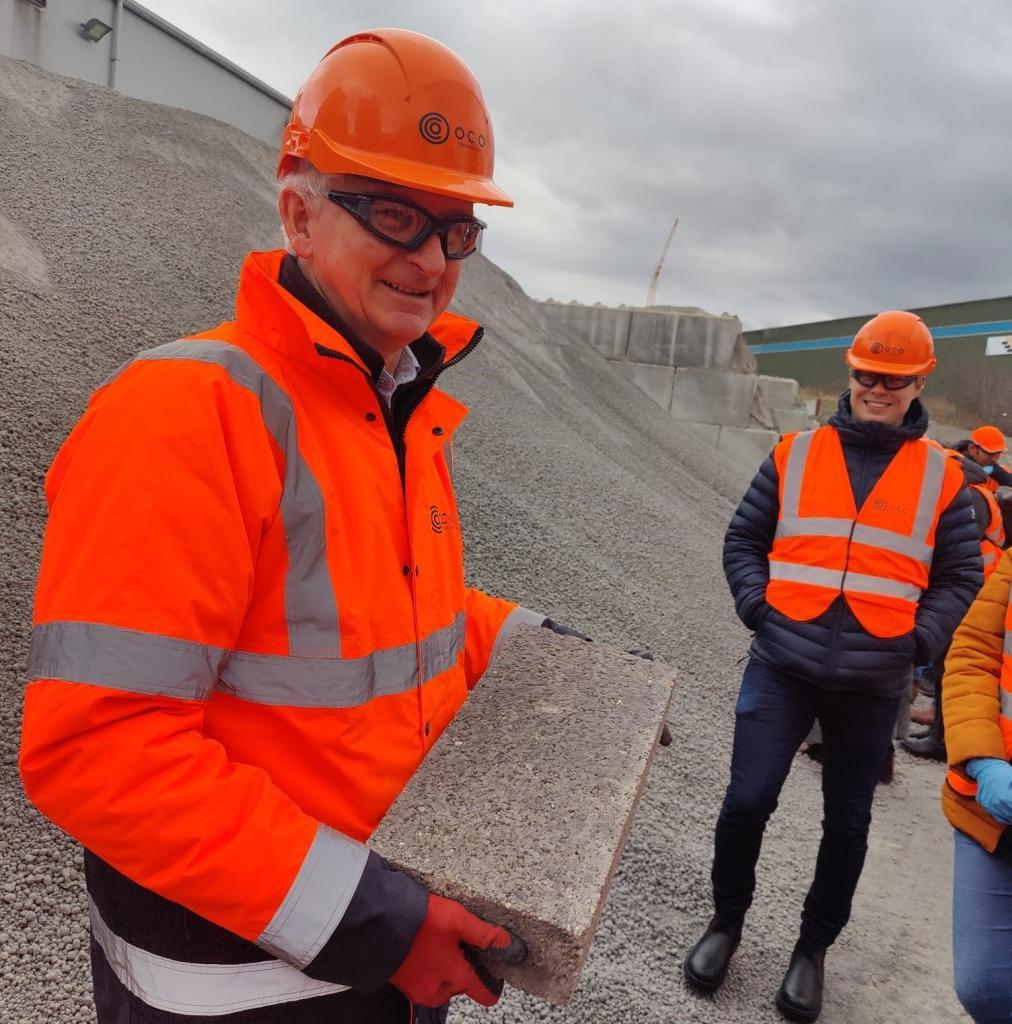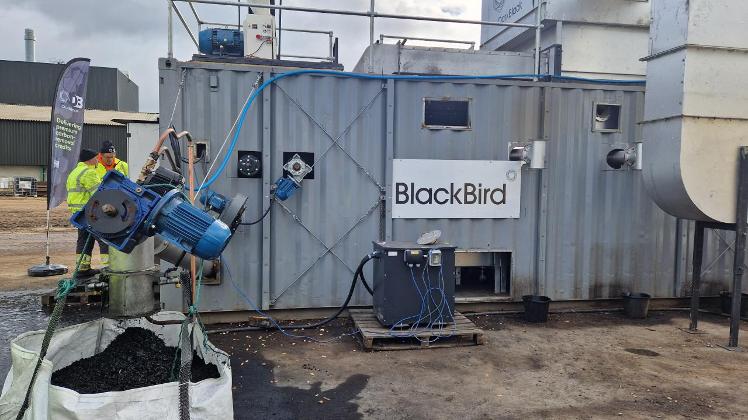Earlier this year, the Puro team embarked on a tour of UK and US-based carbon removal sites to witness four Puro Standard methodologies in action: Enhanced Rock Weathering, Carbonated Materials, Direct Air Capture and Storage, and Biochar. We then held in-person summits where potential buyers met a raft of exciting new suppliers of carbon removals in Nasdaq’s offices in London and San Francisco. Here’s what we learned from the experience:
1. The number of innovative carbon removal suppliers seeking to credibly remove carbon from the atmosphere is vast.
That means more available CORCs to meet the growing demand for large corporates looking to remove their emissions. But many of them lack the means to scale at the rate needed to meet demand. By creating opportunities such as access to a marketplace and advanced financing, such as those facilitated under the Puro Accelerate program that provides developers with an early source of revenue for carbon removal projects, we can help unlock opportunities for emerging carbon removal project developers.
2. Enhanced rock weathering (ERW) speeds up a natural process by millennia
On visiting Breedon Orrock Quarry near Kirkcaldy, Scotland, we learned how to enhance a naturally occurring process of absorbing CO2 using one of the planet’s most abundant materials: rocks. More specifically basalt. The site was one of the many quarries in which UNDO mines and crushes basalt rock to be used the process of enhanced rock weathering (ERW). Crushing basalt into fine granules greatly increases surface area and accelerates CO2 absorption rate by a factor of thousands, bringing the time it takes to sequester the same amount of carbon to just decades. Fine basalt acts as a natural fertilizer, improving soil health, boosting agricultural yields for farmers, and reducing the need for environmentally unfriendly chemical fertilizers. Importantly, as the basalt lies in the soil, it continues to suck carbon from the air and permanently locks it away in the ground. Furthermore, crushed basalt is only distributed to farmland local to the quarry site, keeping transportation emissions to a minimum. Puro.earth created the first methodology to verify the process of enhanced rock weathering, helping to unlock massive investment in this innovative technology. It includes all process-related emissions in its calculations to ensure true, permanent removal of carbon from the atmosphere.

3. We could create entire cities from locked-up carbon.
In Leeds, we met carbon capture company O.C.O. which produces carbon-negative material called ‘manufactured limestone aggregate’ (or ‘M-LS’ for short) which is made into pellets. These pellets can be made into construction materials like building blocks, roof tiles, pipe bedding and road tarmac. As per the Puro Standard Carbonated Material methodology, the aggregate is constantly and rigorously lab-tested to ensure true and permanent removal of carbon from the atmosphere.
O.C.O told us that locked carbon could only ever be naturally released if atmospheric temperatures rise high enough to melt tarmac…. if we ever reach that stage, we’d surely have more urgent things to worry about!
4. Biochar brings benefits to agriculture AND the atmosphere.
On a visit to DarkBlack Carbon in Leicester, we learned about the process of turning municipal biomass waste into biochar. Not only is this carbon removal method an effective use of arboreal wood waste (supporting a circular model for the timber industry) but it can be spread on agricultural land in place of fertilizers to improve yield, retain water, and of course permanently sequester CO2.
![]()

Biochar is made through pyrolysis which involves heating organic matter to high temperatures in the absence of oxygen, and we had the opportunity to see this process in action. DarkBlack’s ‘Blackbird’ pyrolysis machine is fed with compost and woody municipal waste offcuts from hedges, tree trimmings, and pallets. This material is chipped and screened to ensure it has the optimal mix before being fed into the machine, which heats the material to temperatures upwards of 500°C to thermally accelerate the decomposition process.
Once the process is complete, the resulting biochar is a stable form of carbon that can be stored for hundreds or even thousands of years and is resistant to the short-term natural decay that would otherwise release greenhouse gases into the atmosphere in its natural form.


